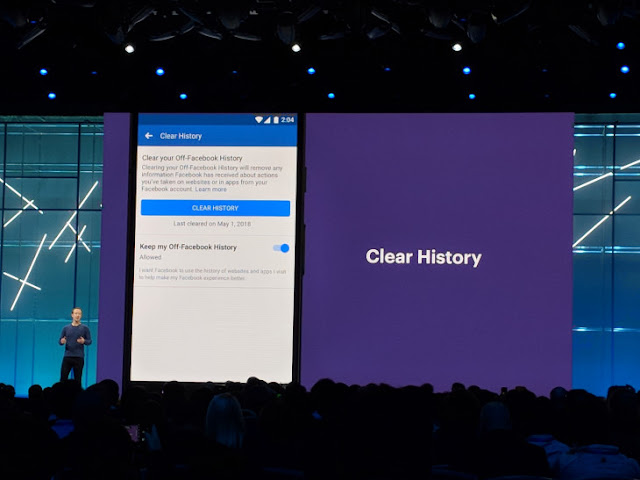Oh the wonder of it all. Virtual reality is
opening us up to experiences that set our imaginations and curiosity on fire to
explore the unknown, the untried, in full motion. Beyond headsets and controllers and screens, the fundamental
enabler is our eyes, as we step down, leap up, walk through new worlds. But
wait. What if you are visually impaired?
Assumption: Virtual reality is unexplorable, so forget about it.
Unless—can VR be experienced by vision-impaired people?
Microsoft Research looked for answers, working on a system whereby
exploring and understanding unfamiliar virtual spaces could be made possible
for the visually impaired.
"Working with interns Yuhang Zhao from Cornell
University and Cindy Bennett from the University of Washington
Their haptic controller simulates the interaction of a white cane
as the blind person attempts to navigate a virtual space using their already
existing orientation and mobility skills.
The team's approach actually involves both a haptic and auditory
cane simulation.
When the virtual cane hits on a virtual object, the brake stops
the controller from moving. The voice coil kicks in, to generate a vibration
simulating the high frequency vibration when a cane hits a real object. A 3-D
spatial sound is also provided. The controller is paired with an HTC Vive
headset for tracking head position and delivering 3-D spatial audio through
headphones.
The voice coil can also simulate ground texture when the cane is
sweeping the ground.
All in all, there are five parts to this system: 1. braking
mechanism anchored on the waist 2. The hand-held cane controller 3. slider
connecting the brake and controller 4. voice coil mounted on the trip of the
cane controller to generate vibrotactile sensations and 5. HTC Vive tracker on
the controller to track the controller's movement.
How well does their system work? They conducted a
"usability" study.
Participants were asked to experience a room with four walls,
carpet, door, table, and trashcan. Eight out of nine participants could
understand the layout and could locate the position of all virtual objects by
using the cane controller—after a few minutes of practice.
The outdoor test involved a sidewalk, curb with tactile domes,
traffic light and street with cars passing. Participants could identify the
objects, understand the flow of traffic, and were able to cross the street
based on an audio signal from the traffic light.
The researchers mention a practical application of benefit, supporting
orientation and mobility training. "The Canetroller enables novel
scenarios such as new types of Orientation and Mobility training in which
people can practice white cane navigation skills virtually in specific settings
before travelling to a real-world location," said the Microsoft Research
blog.
From a general technology perspective, the standout characteristic
about their work lies in improved haptics. The dream is always having users
experience the virtual world more naturally. That includes enabling users'
finger and hands to have dynamic haptic feedback.
"The Microsoft Research team – Mike Sinclair, Christian Holz,
Eyal Ofek, Hrvoje Benko, Ed Cutrell, and Meredith Ringel Morris – have been
exploring ways existing technology can generate a wide range of haptic
sensations that can fit within hand-held VR controllers, similar in look and
feel to those currently used by consumers."
Christian Holz said, "What you really want is the impression
of virtual shapes when you interact with objects in VR, not just the binaryfeedback you get from current devices."








No comments:
Post a Comment